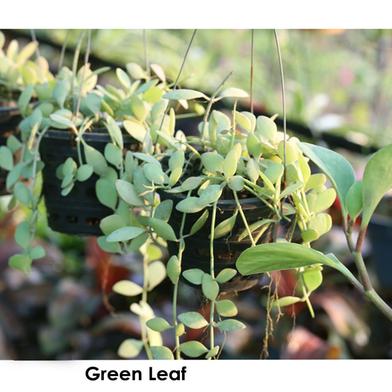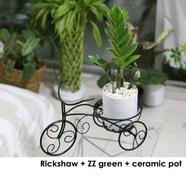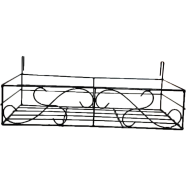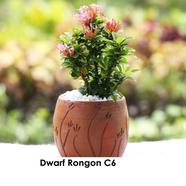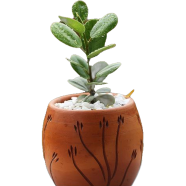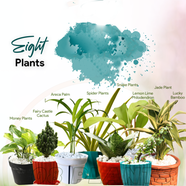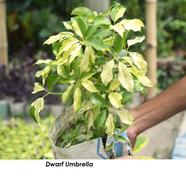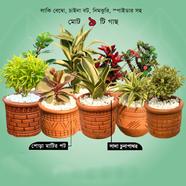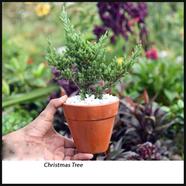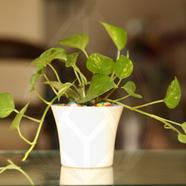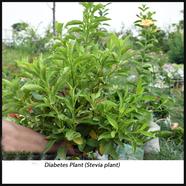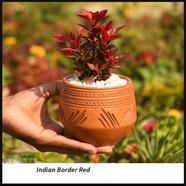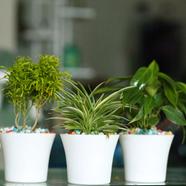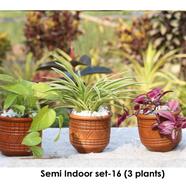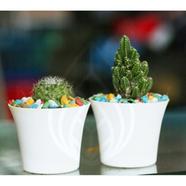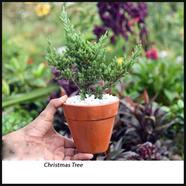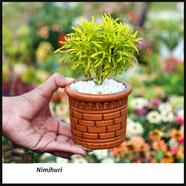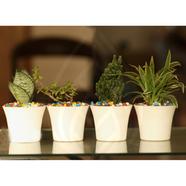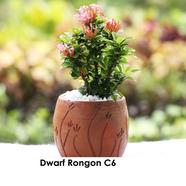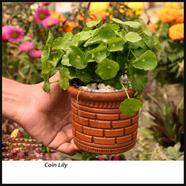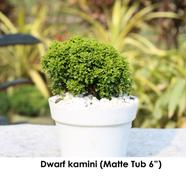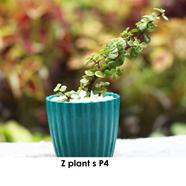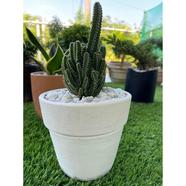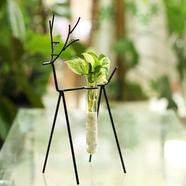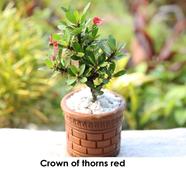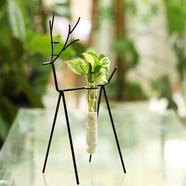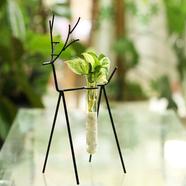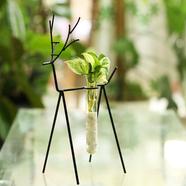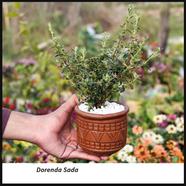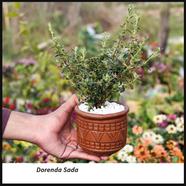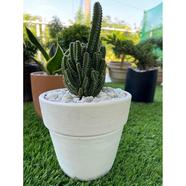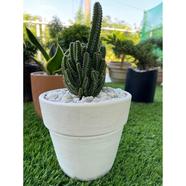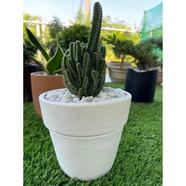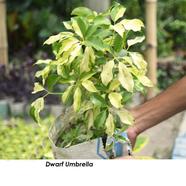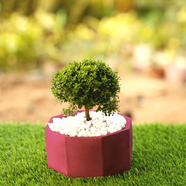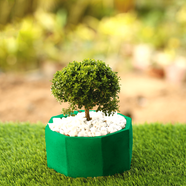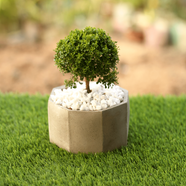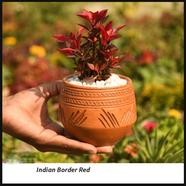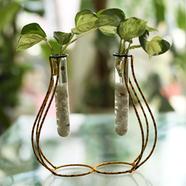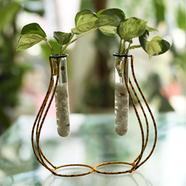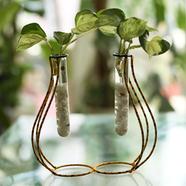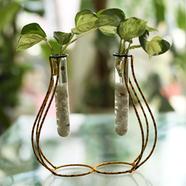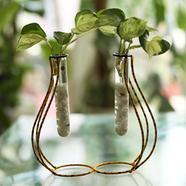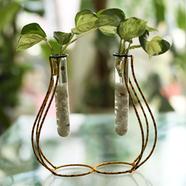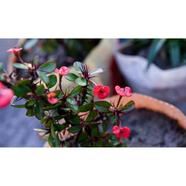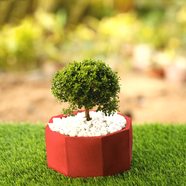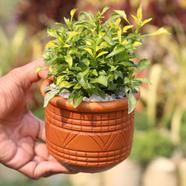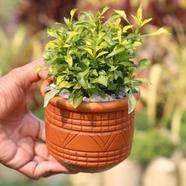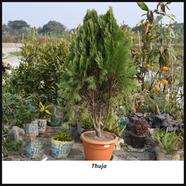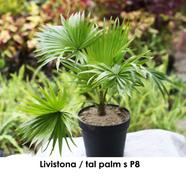Summary:
এই প্রোডাক্ট প্রস্তুত হতে (৩-৪) কর্মদিবস সময় লাগতে পারে।
Botanical Name: Dischidia
Dischidia Creeper is a tropical, epiphytic vine native to Southeast Asia. It is known for its small, oval-shaped leaves and long, trailing stems that can reach up to several feet in length. The plant is often kept as an indoor plant because it does well in warm, humid places and doesn't need direct sunlight.
Dischidia Creeper is a unique and interesting plant, as it has the ability to grow in two different ways: either attached to a surface like a wall or a piece of driftwood, or suspended in a hanging basket where its stems can trail down.
In terms of care, Dischidia Creeper requires bright, indirect light and consistent moisture, as it is adapted to growing in the shady, humid environment of tropical forests. It is important to avoid exposing the plant to temperatures below 60°F (15°C), and to keep the soil evenly moist but not waterlogged.
Overall, Dischidia Creeper is a fascinating and attractive plant that can add a touch of the tropics to any indoor space. With proper care, it can grow into a lush and full trailing vine, making it a great addition to any collection of houseplants.
Dischidia Creeper is a unique and interesting plant that has a number of special qualities, including:
Epiphytic habit: Dischidia Creeper is an epiphyte, which means it grows attached to surfaces like tree trunks or rocks, rather than in soil. This gives it a distinctive appearance and makes it well-suited to growing in hanging baskets or attached to walls.
Long trailing stems: Dischidia Creeper has long, trailing stems that can reach several feet in length, making it a great option for adding a lush, tropical feel to your indoor space.
Unique foliage: Dischidia Creeper has small, oval-shaped leaves that are a bright green color, giving it a distinctive appearance compared to other houseplants.
Easy to care for: Dischidia Creeper is relatively easy to care for, making it a great option for those new to growing houseplants. It is well-suited to growing in warm, humid environments and does not require direct sunlight.
Air-purifying qualities: Like many indoor plants, Dischidia Creeper has air-purifying qualities and can help to remove harmful pollutants from the air in your home or office.
Overall, Dischidia Creeper is a special and interesting plant that can add a touch of the tropics to any indoor space. With proper care, it can grow into a lush and full trailing vine, making it a great addition to any collection of houseplants.
Care:
Light: Dischidia Creeper prefers bright, indirect light but can tolerate low light conditions. Avoid direct sunlight, which can scorch the leaves.
Water: Dischidia Creeper requires consistent moisture, but it is important to avoid waterlogging, which can lead to root rot. Water the plant when the top inch of soil feels dry to the touch.
Temperature: Dischidia Creeper prefers temperatures between 60-80°F (15-27°C). Avoid exposing the plant to temperatures below 60°F (15°C).
Humidity: Dischidia Creeper prefers a humid environment. Increase humidity by misting the leaves regularly or placing a tray of water near the plant.
Soil: Dischidia Creeper prefers a well-draining potting mix that is high in organic matter. A mix specifically formulated for epiphytic plants will work well.
Fertilizer: Fertilize Dischidia Creeper every 4-6 weeks during the growing season (spring and summer) with a balanced, water-soluble fertilizer.
By following these care tips, your Dischidia Creeper should thrive and provide a lush, tropical feel in your home or office.
Common Problem:
Leaf yellowing: Leaf yellowing can be caused by too much direct sunlight, underwatering, or a lack of humidity.
Wilting: Wilting can be a sign of underwatering or root rot due to overwatering. Check the soil moisture levels and adjust watering as needed.
Stunted growth: Stunted growth can be caused by a lack of light, a lack of nutrients, or improper watering. Ensure the plant is receiving enough light and water, and consider fertilizing with a balanced, water-soluble fertilizer.
Pests: Dischidia Creeper is susceptible to pests like spider mites, mealybugs, and scale insects. Keep an eye out for these pests and take action as needed to control their populations.
Brown leaf tips: Brown leaf tips can be a sign of low humidity, dry air, or underwatering. Increase humidity by misting the leaves regularly or placing a tray of water near the plant.
With proper care, Dischidia Creeper can be a beautiful and low-maintenance addition to your indoor garden. | Specification: |
| Title: | Brikkho Hat Reen Leaf | Dischidia Creeper Plants | Button Orchid |
| Brand: | Brikkho Haat |
| Product Type | Natural Tree |
| Product Code | 413 |
| Product Weight | 1.00 kg |
![]()





 Hello, Sign in
Hello, Sign in 
 Cart
Cart 
